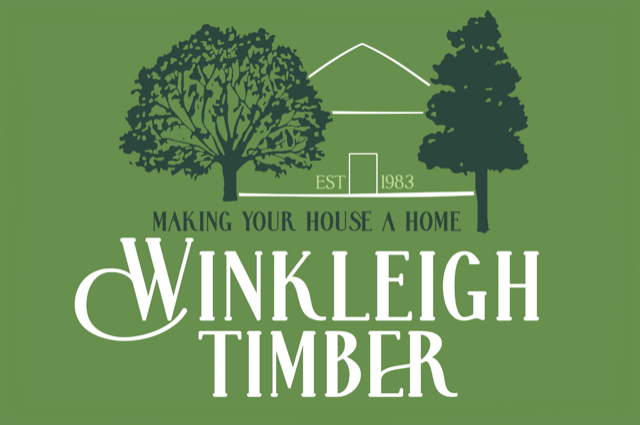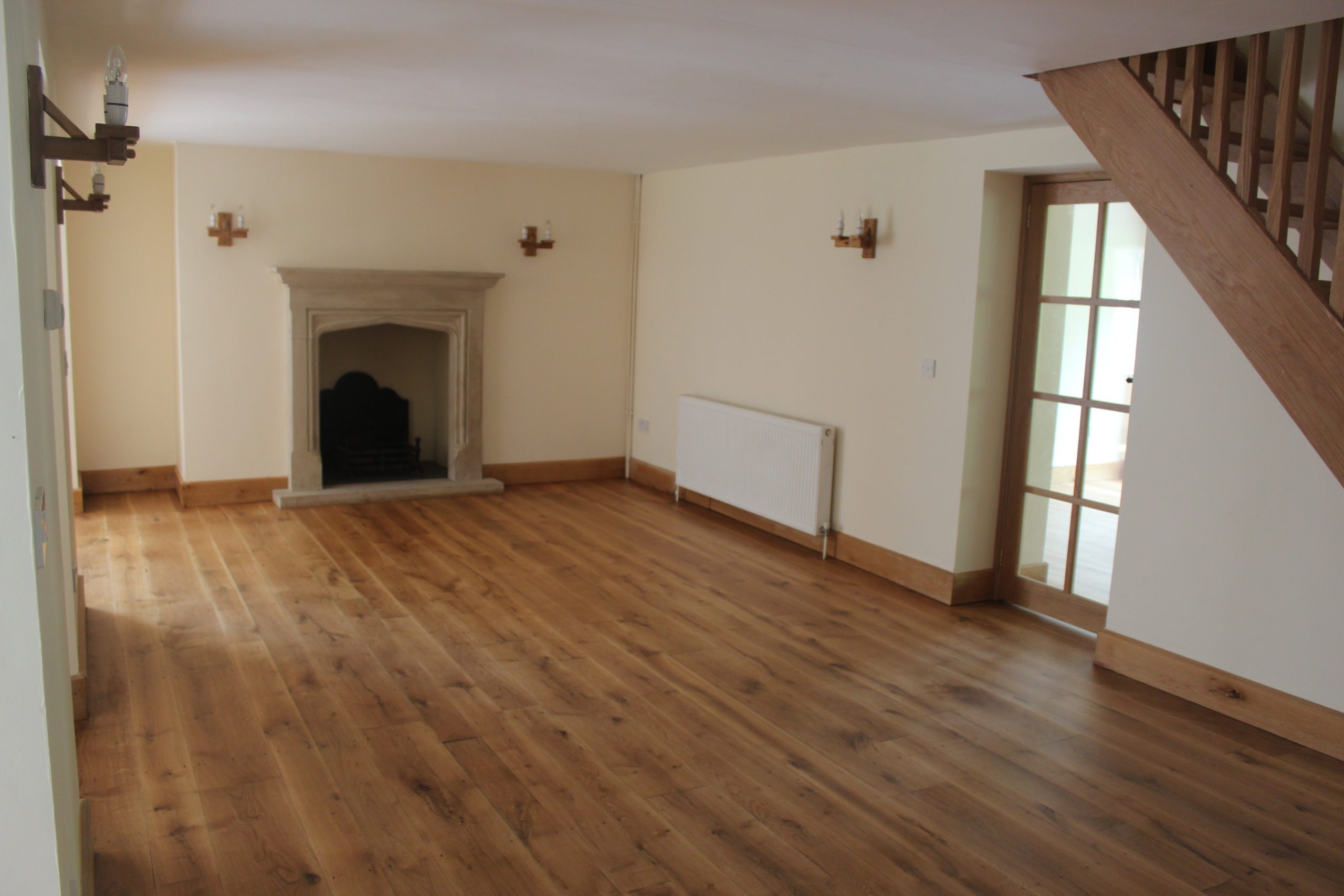There are also so many options when it comes to flooring materials that it can be a little confusing to know where to start; there’s linoleum, laminate, vinyl, and carpet, but we believe there’s one that stands out among the rest – solid wood. Here’s our guide on how to choose the right flooring for your home.
The benefits of solid wood flooring
We believe that solid wood flooring is the best choice for a number of reasons. First of all, it is incredibly durable and hard-wearing. The standard lifespan for solid wood flooring in the home is twenty-five years, but this can be even longer if maintained properly and there is a durable subfloor beneath it.
Another clear benefit of choosing solid wood is its natural beauty. With the unique colour and grain combination, solid wood will suit any décor and can be sanded down and refinished multiple times to ensure longevity and also complement new furnishings.
If you opt for reclaimed wood flooring, you’re also being environmentally-friendly. Reclaimed wood is timber that would have otherwise been waste material from the demolition of an old structure and it’s full of character. Due to its age and the amount of air-drying reclaimed wood has been exposed to, it is exceptionally strong. If you’re interested, you can read more about why to use reclaimed wood.
Types of solid wood flooring
Choosing solid wood flooring doesn’t mean you are committed to one material or style, as it comes in more than just one form. Our favourite options for solid wood flooring are pine and oak.
Pine
Pine is a softwood that provides a cost-effective alternative to hardwood flooring like oak, but still with plenty of durability and character. Pine flooring often has warm red tones and a prominent grain that gives a striking appearance.
Oak
As a hardwood, oak flooring gives a solid, rugged look to any room, with unmatched durability. White oaks range in colour from light beige to brown, whereas red oak tends to have red or pink hues.
Other wood flooring options
Engineered oak
Engineered oak flooring is a more durable choice of wooden floor when taking moisture into consideration.Engineered oak is more resistant to moisture than solid oak due to its construction of two or more layers of wood glued together with a veneer top known as a wear layer. This wear layer can vary in thickness but, as a general rule, thicker is better as it will allow you to sand and refinish the floor on more occasions.
Other flooring options to consider for your home
Whilst solid wood is a popular choice of flooring for the home, some other good and highly durable alternatives are stone and ceramic flooring.
Slate
Slate flagstones are both waterproof and affordable, with a great natural texture that looks great anywhere in the house. This material also works well with underfloor heating.
Granite
Granite flagstones are one of the most durable flooring materials, with a hard surface that is very difficult to chip or scratch, as well as showing little sign of wear. Granite is a good option in areas that will be used often, such as the kitchen, and it is also stain-resistant.
Terracotta
Terracotta tiles have an iconic burnt orange colour that evokes images of the Mediterranean wherever they are placed. Terracotta tiles are very durable, hard-wearing and easy to clean.
Sandstone
Sandstone tiles have a beautiful appearance formed by nature, with warm colours reminiscent of beaches and deserts. Sandstone tiles are also very durable and are therefore suitable for use in high traffic areas. Our Lime Brown Leathered Sandstone is a popular choice and is the perfect alternative to original Cotswold Stone.
That’s it for our guide on how to choose the right flooring for your home. We would always favour using natural materials for flooring as they are strong, kinder to the environment and possess a natural beauty that is impossible to replicate.
If you have any questions about choosing flooring for your home, please don’t hesitate to get in touch with us.
Back to news
